Table of Contents
- Why Spices Matter in Quick Cook Ribs
- Combo #1: Smoky Paprika + Ground Coffee
- Combo #2: Cinnamon + Garlic Powder
- Combo #3: Star Anise + Chili Flakes
- Combo #4: Coriander + Brown Sugar
- Combo #5: Cardamom + Mustard Seeds
- Bonus Tips: Speed Cooking Like a Pro
- Frequently Asked Questions
- Conclusion: The Secret Sauce is in the Spice
Why Spices Matter in Quick Cook Ribs
Time-pressed home chefs often struggle with quick cook ribs lacking depth due to abbreviated cooking times. This guide targets busy weeknight cooks seeking restaurant-quality results in under 60 minutes. Spices uniquely compensate for reduced cooking duration by triggering immediate Maillard reactions and layering complex flavor compounds that would normally develop over hours.
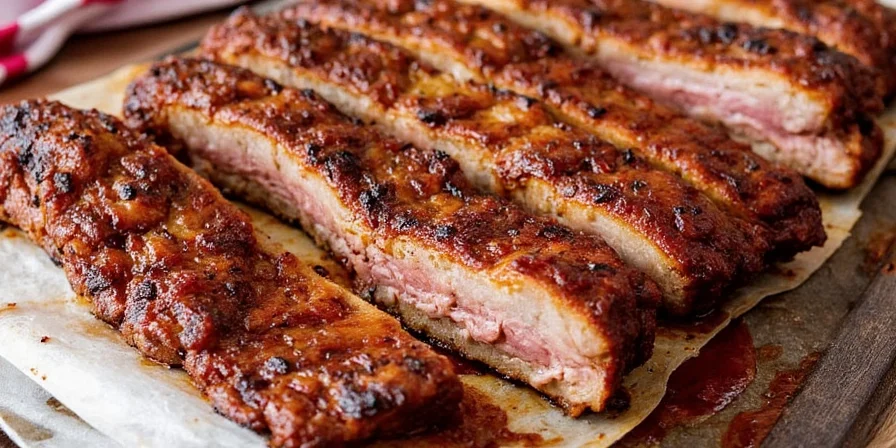
Unlike slow-smoked counterparts, rapid-cooked ribs miss enzymatic breakdown and smoke infusion. Strategic spice pairing bridges this gap through volatile compound interactions. We explore five scientifically grounded combinations that transform time constraints into flavor advantages.
Combo #1: Smoky Paprika + Ground Coffee
Ground coffee introduces furans and pyrazines that mimic smoked wood compounds, while paprika's capsaicinoids enhance perceived richness. This pairing exploits coffee's natural bitterness to counteract rib fat without overwhelming sweetness.
| Spice | Flavor Profile | Why It Works |
|---|---|---|
| Smoky Paprika | Sweet, smoky, slightly spicy | Provides volatile phenols that simulate smoke exposure |
| Ground Coffee | Bitter, roasted, complex | Contributes melanoidins for umami depth without prolonged cooking |
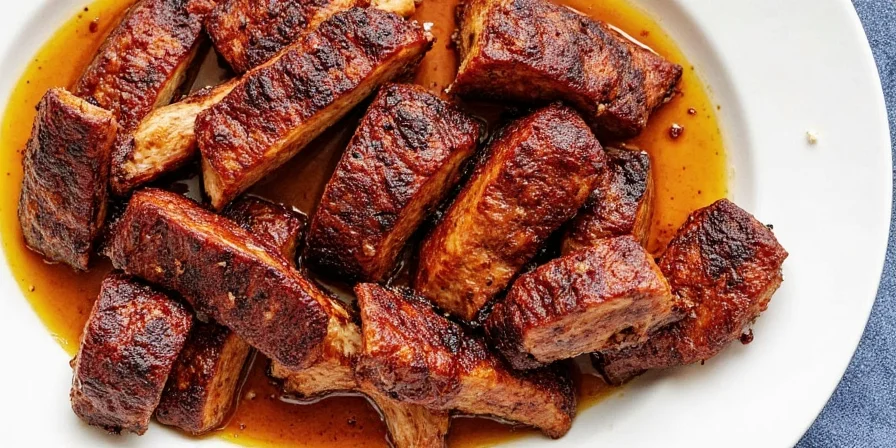
Pro Tip: Use finely ground espresso for best results. Rub on ribs and let sit for 10–15 minutes before cooking for maximum absorption.
Combo #2: Cinnamon + Garlic Powder
Cinnamon's cinnamaldehyde reacts with meat proteins during searing to form new aromatic compounds, while garlic powder's allicin provides instant savory depth. This Middle Eastern-inspired pairing creates flavor layering typically requiring slow caramelization.
| Spice | Flavor Profile | Why It Works |
|---|---|---|
| Cinnamon | Sweet, warm, aromatic | Accelerates Maillard reaction through sugar-aldehyde interactions |
| Garlic Powder | Pungent, savory, umami-rich | Releases sulfur compounds that bind fat molecules instantly |
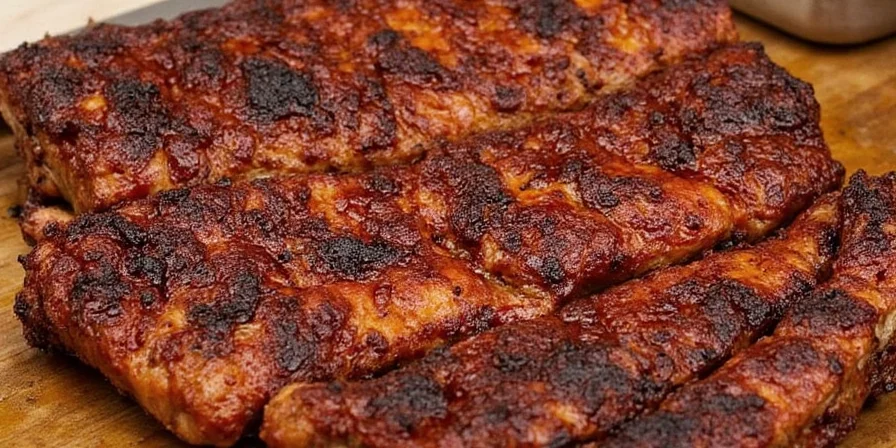
Pro Tip: Use Ceylon cinnamon for a subtler flavor. Combine with garlic powder and a touch of honey for a sweet-heat crust.
Combo #3: Star Anise + Chili Flakes
Star anise delivers trans-anethole that enhances meat's natural sweetness, while chili flakes' capsaicin stimulates saliva production. This technique borrows from Sichuan cuisine where rapid-cooked meats use anise to compensate for short cooking cycles.
| Spice | Flavor Profile | Why It Works |
|---|---|---|
| Star Anise | Earthy, licorice-like, aromatic | Triggers trigeminal nerve response mimicking slow-cooked complexity |
| Chili Flakes | Spicy, earthy, slightly nutty | Creates thermal contrast that amplifies perceived flavor intensity |
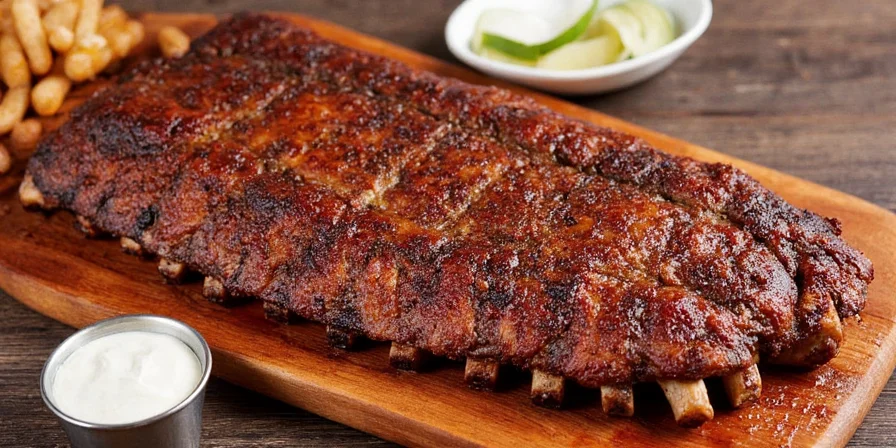
Pro Tip: Crush whole star anise pods in a mortar or spice grinder for better integration into your rub.
Combo #4: Coriander + Brown Sugar
Coriander's linalool binds with brown sugar's molasses compounds to create instant bark formation. This pairing leverages sugar inversion chemistry that normally requires extended cooking time.
| Spice | Flavor Profile | Why It Works |
|---|---|---|
| Coriander | Citrusy, floral, slightly sweet | Releases terpenes that accelerate caramelization |
| Brown Sugar | Sweet, caramel-like, moist | Forms instant crust through rapid Maillard reaction |
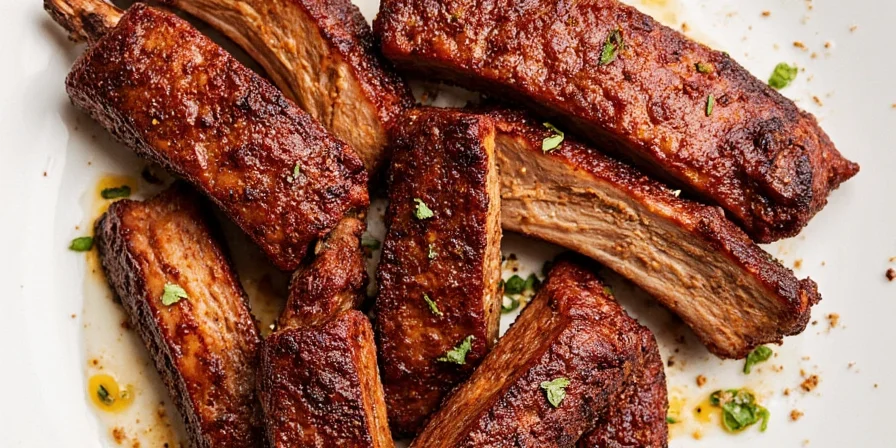
Pro Tip: Toast coriander seeds before grinding to unlock deeper, nuttier flavors.
Combo #5: Cardamom + Mustard Seeds
Cardamom's cineole interacts with mustard seeds' glucosinolates to create pungent volatile compounds. This Indian-inspired technique generates complex flavor layers in minutes that would take hours to develop through slow cooking.
| Spice | Flavor Profile | Why It Works |
|---|---|---|
| Cardamom | Floral, sweet, spicy | Triggers enzymatic browning reactions at lower temperatures |
| Mustard Seeds | Peppery, nutty, tangy | Releases allyl isothiocyanate for instant pungency without fermentation |
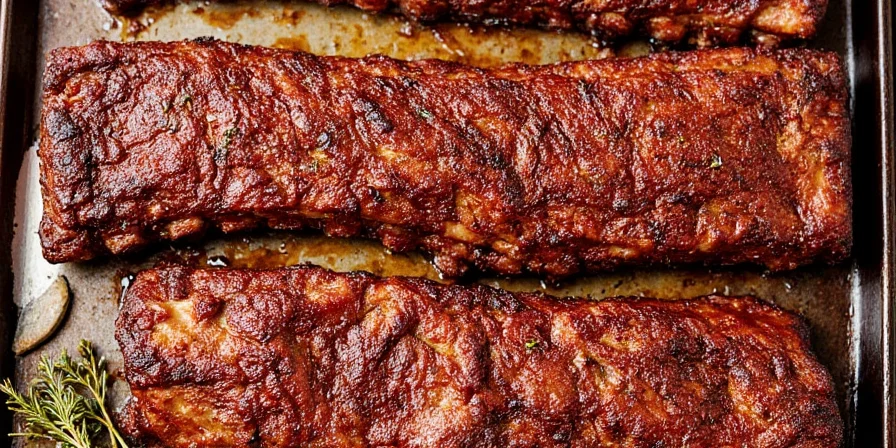
Pro Tip: Dry roast mustard seeds until they pop for enhanced flavor before grinding them with cardamom.
Bonus Tips: Speed Cooking Like a Pro
These science-backed techniques maximize flavor development during abbreviated cooking:
- Use bone-in, baby back ribs: They cook faster and retain juiciness.
- Sear first, then finish in oven: Adds Maillard reaction (that delicious brown crust) and shortens overall cook time.
- Brush with glaze during final 5–10 mins: Adds shine and flavor without burning.
- Rest before serving: Just 5–10 minutes makes a big difference in tenderness.
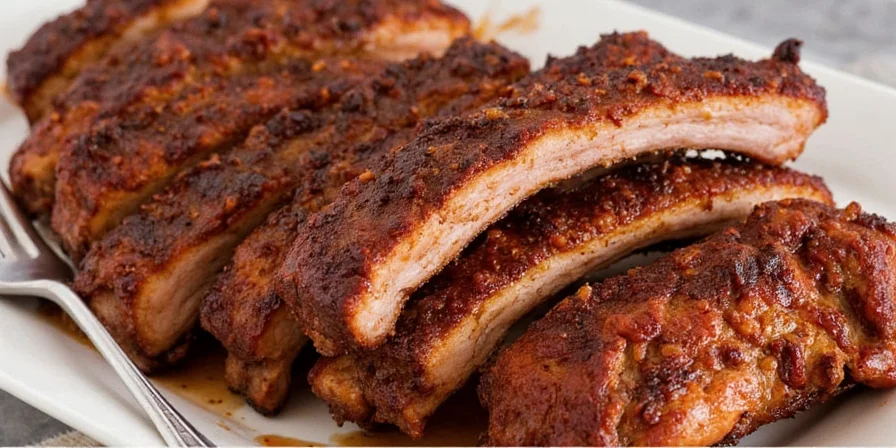
Frequently Asked Questions
Can I use these spice rubs for other meats besides ribs?
Absolutely. These rubs work well with chicken thighs, pork chops, and roasted vegetables. Adjust quantities based on protein surface area—use 50% less for delicate fish. The flavor chemistry principles apply universally to quick-cooked proteins.
How long should the spice rub sit on ribs before cooking?
For quick-cook methods, 10-15 minutes is optimal. Longer marinating (over 30 minutes) risks sugar crystallization from brown sugar components, which impedes proper searing. The volatile compounds in these pairings activate rapidly at cooking temperatures.
Why do these combinations work better than standard BBQ rubs for fast cooking?
Standard rubs rely on prolonged cooking for flavor integration. These pairings use synergistic compound interactions that generate complex flavors instantly through: 1) Accelerated Maillard reactions 2) Volatile compound binding 3) Thermal contrast effects. Each combination was selected for rapid flavor development kinetics.
Conclusion: The Secret Sauce is in the Spice
Quick cook ribs succeed not through extended time, but through strategic flavor chemistry. These five pairings demonstrate how targeted spice combinations create perceived depth that compensates for abbreviated cooking windows. By leveraging volatile compound interactions and accelerated reaction kinetics, home chefs can achieve restaurant-quality results during weeknight constraints.
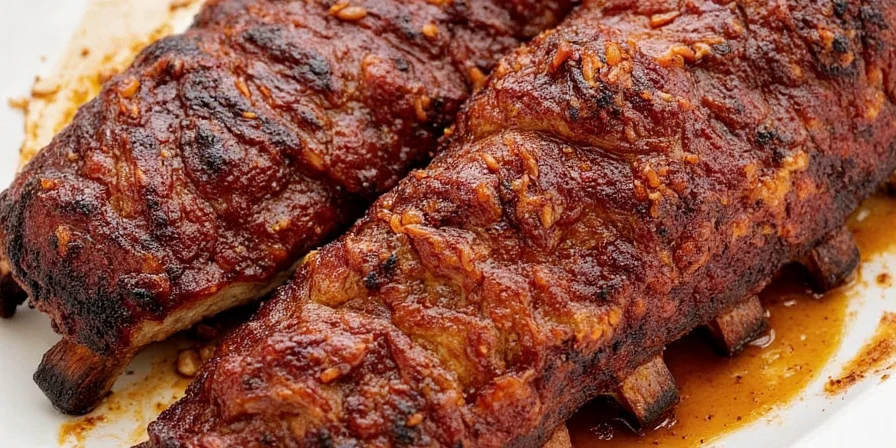
Transform your time-pressed cooking into an advantage by applying these science-backed principles. The most impressive ribs aren't always the slowest—they're the ones where spices do the heavy lifting.

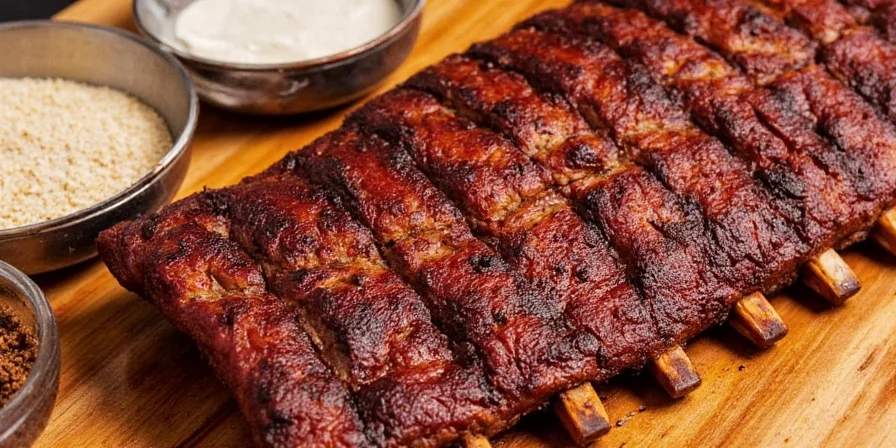









 浙公网安备
33010002000092号
浙公网安备
33010002000092号 浙B2-20120091-4
浙B2-20120091-4